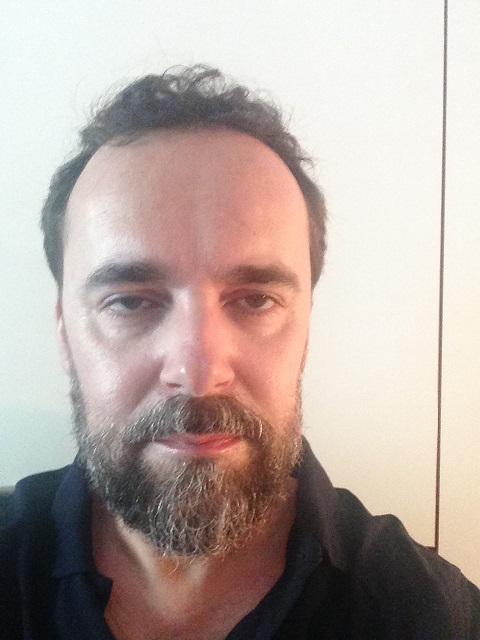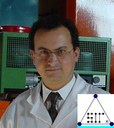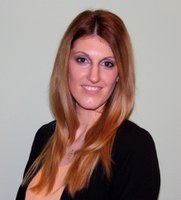Scientific session 5
 |
Fabrizio Fiori got his Ph.D in Physics at the University of Bologna. He is Assistant Professor of Applied Physics at Università Politecnica delle Marche (UNIVPM), and he is presently teacher of Applied Physics at the Faculty of Medicine. He has acquired extensive experience in the study of different kinds of materials, including archaelogical and cultural heritage items, mainly using techniques such as diffraction of X-rays and neutrons, Small-Angle Neutron Scattering and Small-Angle X-ray Scattering (SANS/SAXS), neutron radiography/tomography and synchrotron radiation micro-tomography. |
|---|---|
 |
Roberto Perna 1990 Degree at the Faculty of Humanities of the University of Macerata. |
 |
Dalibor Prančević is an assistant professor in the Department of Art History Department, Faculty of Humanities and Social Sciences, University of Split, Croatia, where he teaches Contemporary Art, Visual Communication, and Art through Contemporary Exhibition Practice. He has developed a particular interest in the life and work of Ivan Meštrović and his doctoral dissertation examined the relationship between Meštrović’s oeuvre and his artistic and social milieu. |
 |
Dr. Ing. Massimo Rogante has been working in the neutron field for over 25 years. Degree in Mechanical Engineering, PhD in Nuclear Engineering, he is Director of the Rogante Engineering Office, operating in industrial applications of neutron techniques; Italian Member of the International Scientific Advisory Committee of the Budapest Neutron Centre (BNC); associated and consulting Editor and referee of various int. scientific journals. Dr. Rogante is experienced in: investigations of materials and components from industrial and cultural Heritage sectors, by Neutron Techniques; Decommissioning of Nuclear Facilities and Nuclear Installations; materials processing; technology transfer. |
 |
Marija Šegan, Research assistant at Mathematical Institute SANU, has a degree in history and is a PhD candidate at the University of Belgrade. |





